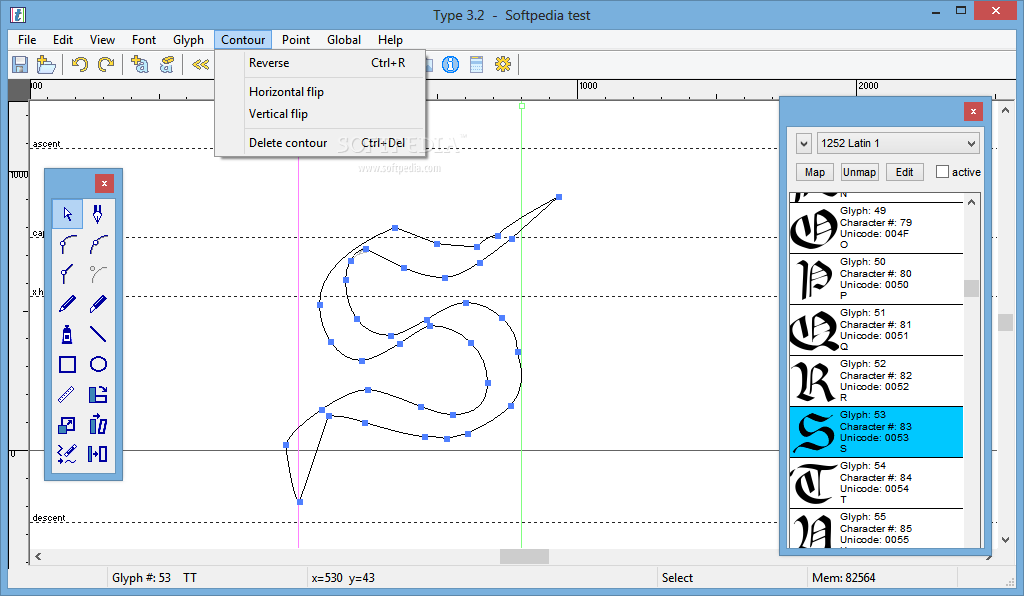
A host such as your computer mainly uses the Type A USB while Type B is saved for peripherals such as cameras and phones.īut now, Type C has revolutionized by using the same type of connector for both host and peripherals.īoth USB 2.0 and USB 3.0 have Type A and Type B USBs. The USBs are divided into USB Type A, Type B, and Type C and subdivided into Micro A, Micro B, Mini B, and so on as per their shape. The USB 2.0 and 3.0 can vary in shape, appearance, version, speed, bandwidth, and so on. Differences in USB 2.0 and 3.0Įven though the USBs are nowadays common in almost every electronic, they have several variations of their own.
Transtype 3.0 2 upgrade#
USB-IF (Implementers Forum) named the new upgrade USB 3.2 Gen 2 x 2 while changing the USB 3.0 to USB 3.2 Gen 1 and USB 3.1 to USB 3.2 Gen 2.įor now, let’s just say it is USB 3.0 and see its difference from its predecessor, USB 2.0. USB 3.1 received yet another upgrade with double the speed. With the release of USB 3.1, USB changed the name of 3.0 to USB 3.1 gen 1.

It was upgraded to USB 3.1, increasing the speed to 10 Gbps. USB 3.0 received several upgrades that have quite a confusing name. It immediately superseded USB 2.0 due to its blazing speed of 5 Gbps. USB 3.0 is the third generation USB version released in 2008 as a SuperSpeed USB.

Transtype 3.0 2 series#
It is the only version in the USB 2 series and did not receive any upgrades. Upgraded from the USB 1, the 2.0 version of the USB helped in providing a universal connection between peripherals and hosts with its speed of 480 Mbps.Īlmost every computer has a USB 2.0 port, peripherals such as keyboard and mouse, and flash drives utilize the USB 2.0.
Transtype 3.0 2 serial#
Set "CLASSPATH=%CLASSPATH% %DITA_HOME%\plugins\\lib\xslthl-2.1.1.jar"Īnything more added to the classpath and the “Input line is too long.” problem appears.USB 2.0 is the second generation of a Universal Serial Bus standard released in 2000 with the name Hi-Speed. Set "CLASSPATH=%CLASSPATH% %DITA_HOME%\plugins\\lib\oxygen-dost-patches.jar" Set "CLASSPATH=%CLASSPATH% %DITA_HOME%\plugins\\lib\" Set "CLASSPATH=%CLASSPATH% %DITA_HOME%\plugins\\lib\activation-1.1.1.jar" Set "CLASSPATH=%CLASSPATH% %DITA_HOME%\plugins\\lib\jaxb-impl-2.3.0.jar" Set "CLASSPATH=%CLASSPATH% %DITA_HOME%\plugins\\lib\jaxb-core-2.3.0.jar" So in order to run tests or run the integrator I have to manually edit the “env.bat”, remove all references to the FOP, Batik and lwdita JARs and reduce it to: set "CLASSPATH=%CLASSPATH% %DITA_HOME%\plugins\\lib\jaxb-api-2.3.0.jar"

It helps but the problem is still there depending on the folder path in which the DITA OT is located.įor example for some of the automated tests I run on Windows, the DITA OT is installed in a folder path like this: D:\projects\oxygen-dita-publishing-integration-tests\oxygen-webhelp-responsive-tests\oxygen-dita-ot-3.0 I think these changes should go into dost, so the wildcard support is availabe in one of the next DITA-OT releases.



 0 kommentar(er)
0 kommentar(er)
